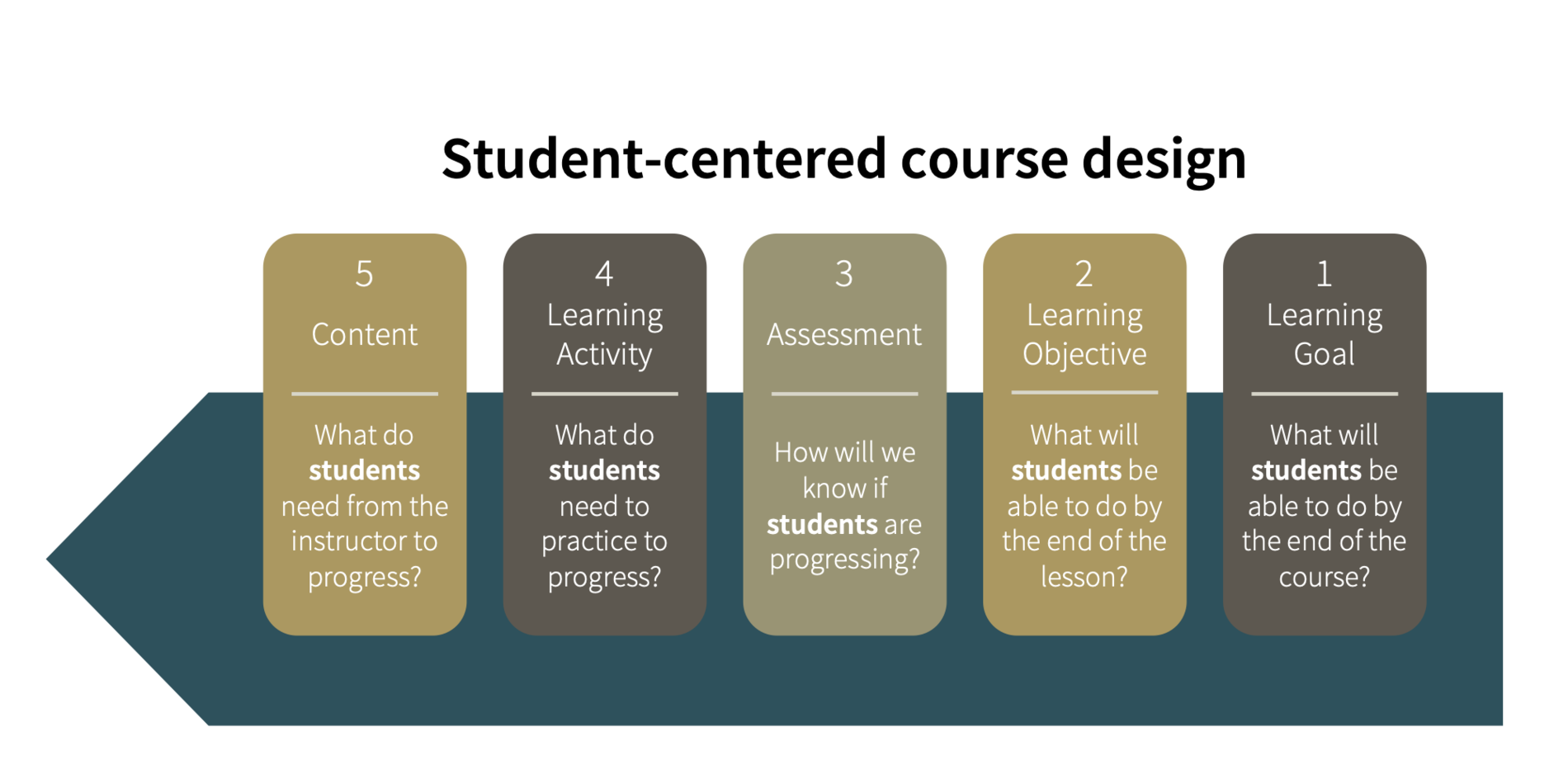 Are business leaders providing the compelling reasons for the change with sufficient emphasis on the risks of not changing?
Are business leaders providing the compelling reasons for the change with sufficient emphasis on the risks of not changing?
Building awareness of the need for change requires the following components to be addressed:
What is the nature of the change and how does the change align with the vision for the organisation?
Why is the change being made?
What are the risks of not changing?
An impact analysis of the change
What is in it for me?
Emotionally intelligent leaders have a knack of establishing and maintaining credible, mutually satisfying relationship, characterised by positive expectations. The importance of credible relationships cannot be overstated because staff and stakeholder awareness of change depends on multiple factors such as:
Their view of the current state
How they perceive the problem
The credibility of the leader
Access to misinformation or rumours
Contestability of the reasons for change
There is a difference between awareness and desire. It is often assumed by business leaders that by building awareness of the need for change, in so doing they have also created desire for the change, and as a result, there is surprise that there is resistance to change. Emotionally intelligent leaders have the capacity to understand other people’s feelings and thoughts. They listen well and take account of the perception of others.
Energy goes where attention is given so by giving attention to four factors that contribute to an individual or staff desire to change. The four factors are:
The nature of the change (what the change is and the impact it will have
The economic, political, social, technological and environmental context of the change
The staff personnel situation – mobility, financial security, career aspiration, personal events and past successes within the organisation
What motivates staff – what drives each of us to change is unique and falls along a broad spectrum of motivators. Personal motivation includes what we value and our internal belief of what we can or cannot achieve
When the awareness of the need for change is broadly achieved and the desire to participate and support the change is established, knowledge is the next building block for realising the change. Knowledge includes:
Training and education on the skills and behaviours needed to change
Understanding of new roles and responsibilities associated with the change
Detailed information on how to use new processes, system and technologies
Addressing the blocks to change
Several factors can impact on staff ability to implement change, including:
Psychological blocks
Physical limitations
Intellectual capacity
The time available to develop new skills
Inadequate personal development
The availability of resources to support the development of new abilities – often this element is overlooked. The process of developing new skills and abilities is enhanced by the presence of support structure for staff.
Transformational change occur when there are links between the model of awareness, desire, knowledge, ability and reinforcement underpinned by personal development and executive coaching to achieve the outcomes of change.
To Conclude:
Awareness represents a person’s understanding of the nature of the change. Why the change is being made and the risk of not changing. Awareness also includes leaders being in tune with their Emotional Intelligence leadership competencies and the ability to enter into positive relationships with other people.
Desire represents the willingness to support and engage in a change. Desire is ultimately about taking responsibility and it is about personal choice to support and participate in the change. Desire is strengthened by Personal review:
What is happening within my personal inner environment to facilitate the change
If I understand the need for change, am I willing to change?
Knowledge represents the information, training and education necessary to successfully achieve the outcomes of the change. Knowledge includes information about behaviours, systems and processes, tool to enable the change, clarity of job roles and responsibilities. Knowledge of personal insights regarding:
Feelings about the change to change
Personal styles, team role and partnership skills?
Personal preferences – How am I linking with others?
Knowledge of personal roles and and responsibilities including personal mindset of how one will show up in the role
Ability represents the realisation or execution of the change. Ability is taking action, turning knowledge into action that secures successful outcomes. Ability is achieved when capabilites are employed to implement the change at the required performance levels. Ability draws on required skills and coaching behaviours to achieve performance outcomes
Reinforcement to sustain the change reviewing what constitutes success including personal and professional appraisal, personal resilience, change mastery and staying power. Reinforcement represents those internal and external factors that sustain a change.
Accountability for continued performance is one of the strongest forms of reinforcement
Change is reinforced when recognition and rewards are meaningful to staff. Many project teams overlook the potential of celebrating small successes. When changes are new and when the difficulties of changing are at the greatest height, opportunities present themselves for celebration. If peer pressure is opposing the change, the resulting negative consequences become a barrier to change.


